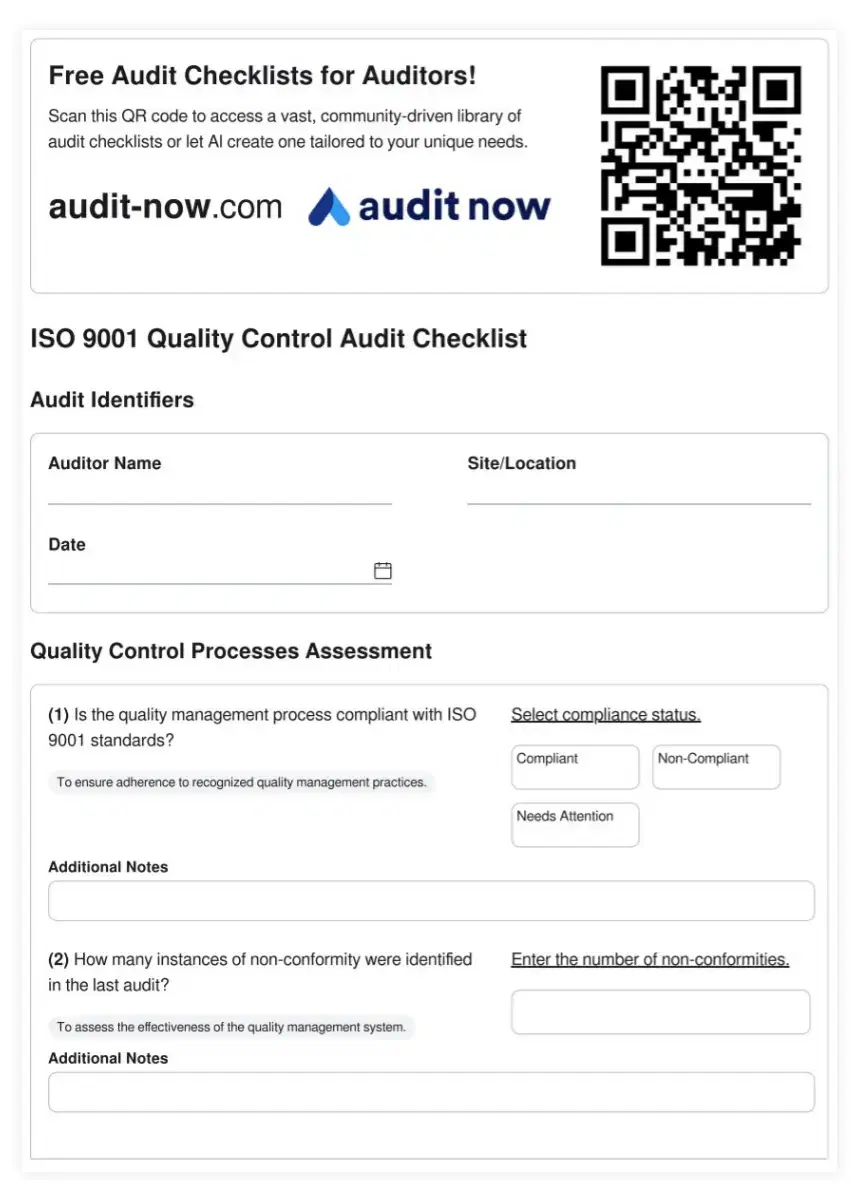Systems Engineer Checklists

Featured Checklist

IEC 61508 Safety Instrumented Systems (SIS) Audit Checklist
The IEC 61508 Safety Instrumented Systems (SIS) Audit Checklist is a crucial tool for assessing the design, implementation, and maintenance of safety instrumented systems in the energy and utilities sector. This comprehensive checklist addresses the specific requirements outlined in IEC 61508 for SIS, focusing on the integrity and reliability of these critical safety layers. By meticulously evaluating sensor selection, logic solver configuration, final element performance, and overall system integration, this checklist helps organizations ensure that their SIS effectively mitigate process risks and maintain the required safety integrity levels. Implementing this checklist not only enhances process safety but also demonstrates a commitment to regulatory compliance and operational excellence in high-hazard environments.
Systems Engineer Operational Overview
Systems Engineers face complex challenges in managing large-scale technical projects. They must coordinate multiple teams, integrate diverse technologies, and ensure system-wide performance. These tasks directly impact project timelines, costs, and overall success.
Quality management is at the heart of Systems Engineering. Engineers must maintain strict standards across all project phases, from requirements gathering to final implementation. Effective quality control helps prevent costly errors, reduces rework, and ensures client satisfaction.
To address these operational challenges, regular audits are essential. Let's explore how systematic auditing can improve Systems Engineering processes.
Core Audit Requirements & Checklist Importance
Audits in Systems Engineering cover a wide range of areas. They examine project documentation, verify compliance with industry standards, and assess risk management strategies. Systematic checklists play a crucial role in these audits, ensuring no critical aspects are overlooked.
Well-designed checklists help Systems Engineers maintain consistency across projects. They serve as a roadmap for quality control, guiding engineers through complex processes step-by-step. This systematic approach reduces human error and improves overall project outcomes.
Compliance is a key focus of Systems Engineering audits. Engineers must adhere to various regulations and standards, depending on the industry and project type. Regular audits help ensure these requirements are met throughout the project lifecycle.
- Requirements Traceability: Verify all system requirements are documented and traceable
- Design Review: Assess system architecture and component integration
- Risk Assessment: Evaluate potential risks and mitigation strategies
- Testing Procedures: Review test plans, execution, and results documentation
- Change Management: Examine processes for handling design changes and updates
Systems Integration Challenges
Systems Engineers often grapple with complex integration issues. Combining various subsystems into a cohesive whole requires careful planning and execution. Engineers must consider interface compatibility, data flow, and overall system performance. Effective integration strategies are crucial for project success.
Best practices in systems integration include thorough interface control documentation, regular integration testing, and clear communication protocols between teams. Engineers should also implement robust configuration management to track changes across all system components.
Quality control in systems integration focuses on verifying subsystem interactions and overall system behavior. This involves comprehensive testing at multiple levels, from unit tests to full system validation. Rigorous quality measures help identify and resolve integration issues early in the project lifecycle.
Performance Optimization Strategies
Process optimization is a key focus for Systems Engineers. This involves streamlining workflows, automating repetitive tasks, and improving communication channels. For example, implementing model-based systems engineering tools can enhance design processes and reduce errors.
Risk management in Systems Engineering requires a proactive approach. Engineers should conduct regular risk assessments, develop mitigation strategies, and monitor potential issues throughout the project. This might include creating contingency plans for critical system components or conducting failure mode analysis.
Performance metrics play a crucial role in Systems Engineering. Key indicators might include system reliability, response times, and resource utilization. By tracking these metrics, engineers can identify areas for improvement and make data-driven decisions to enhance overall system performance.
Join Thousands of Satisfied Users
Become part of a community that makes compliance simple and effective.
Try now!
Digital Transformation with Audit Now
Audit Now offers AI-powered checklists tailored for Systems Engineers. These smart tools adapt to your project needs, suggesting relevant audit points based on your system's characteristics. Real-time collaboration features allow team members to work together seamlessly, ensuring all aspects of the system are thoroughly reviewed.
Our extensive template library covers various Systems Engineering domains, from aerospace to healthcare systems. These pre-built checklists save time and ensure comprehensive audits. Start optimizing your Systems Engineering processes today with Audit Now's digital solutions.
Explore our Systems Engineering templates at audit-now.com/templates/
Create custom checklists with our AI generator at audit-now.com/generate-ai-checklist/
Most Popular 10 Systems Engineer Checklists
IEC 61508 Functional Safety Audit Checklist
ISO 21434 Cybersecurity Risk Assessment Checklist
DO-254 Hardware Configuration Management Checklist
ARP4754A Process Assurance Audit Checklist